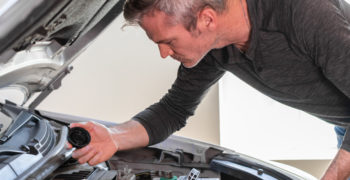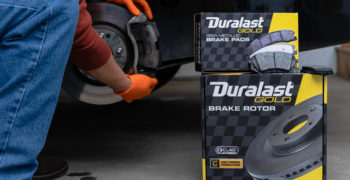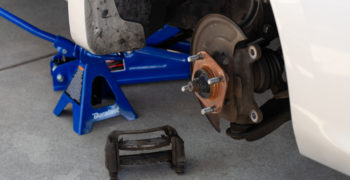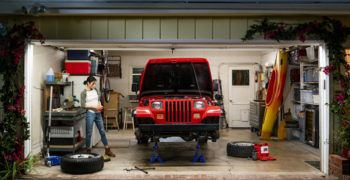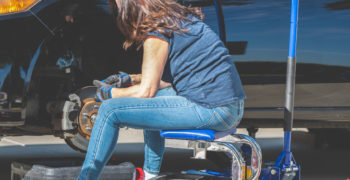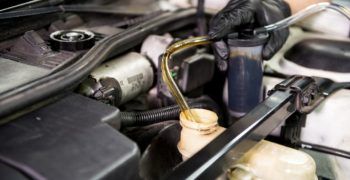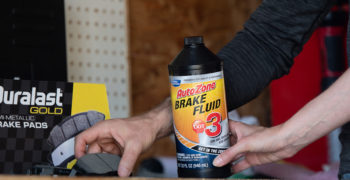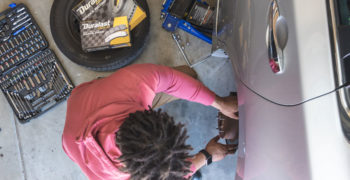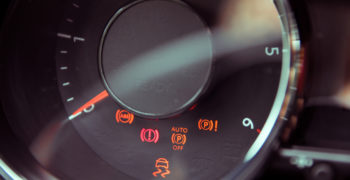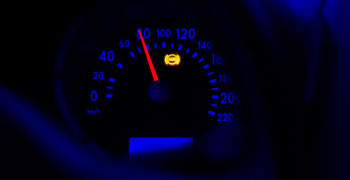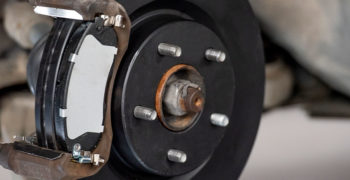Brakes
Your brake system is the most important safety feature on your car. That’s why it is important to make sure that you have the parts, tools, and knowledge to do the job right. Check out our auto brakes articles below and learn everything you need to know.
Braking System Wear
If you ever feel uncertain about your brakes, it’s a good call to inspect them: check pads for signs of uneven or excessive wear, look for signs of cracks or uneven wear on the rotor’s surface, and inspect calipers for leaking fluid or stuck pistons. You can learn a lot about your braking system by paying attention to abnormal brake pad wear patterns.
- Tapered Wear: Worn out caliper bushings and/or worn caliper hardware
- One-Sided Wear: Faulty caliper or caliper piston hanging; caliper slide not functioning
- Grooved Surface: Rotors should be replaced
- Chipped Surface: Excessive heat build-up, caliper or caliper piston hanging up creating constant friction
- Step in Lining: Pads not in full contact. Replace guide pin/mounting bolt bushings and caliper hardware
- Cracked Surface: Excessive heat build-up, caliper or caliper piston hanging up creating constant friction
Signs Your Brakes Need to be Replaced
- Squealing from wear sensors can inform you that your pads need to be replaced
- Squeaking & Grinding can indicate excessive wear or damage to your pads and rotors
- Fluid leaking on the ground can eventually lead to a loss of brake pressure
- Pedal that pulsates or travels too close to the floorboard can happen with excessive pad wear
- Pulling the vehicle to one side can also indicate your pads need replacing
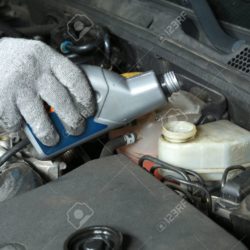
Brake Fluid
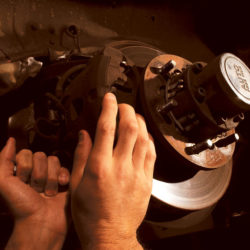
Disc Brakes
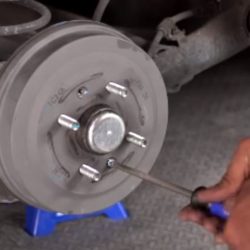
Drum Brakes





